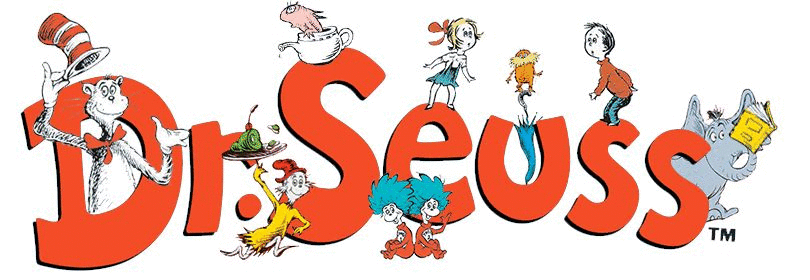One of the most celebrated children’s authors is Theodore Geisel, better known as Dr. Seuss.
Seuss wrote many children’s classics including “The Cat in the Hat,” “Green Eggs and Ham” and “The Lorax.” While these are books loved by many children, these books have many messages that make sense only to the adults.

I realized this when we watched videos of the works of Seuss in U.S. Government and Politics. Professor R. Kyle Alagood showed us these videos and the historical context behind them. While the meaning of these stories may be obvious to some, I decided to interview Alagood about Dr. Seuss.
The Sneetches

“The Sneetches” tells the story of a group of sneetches with stars on their bellies who believe they are superior to the sneetches without a star. A sales person comes along with a machine that can give starless sneetches stars, making them equal in sneetch society.
This parallels discrimination in the United States. Alagood said “it came out in 1961, the year when the Freedom Rides helped expose the violent, unlawful mob rule throughout the South. “The Sneetches” comments on shared humanity, that is, the book reminds readers that phenotype [observable characteristics] is not a valid differential.”
“The Sneetches” has in important message for all people, not just children. It says people should treat others with equal dignity and respect because our destinies are tied to one another.
The Lorax

“The Lorax” was inspired by Rachel Carson’s “Silent Spring,” and found a way to introduce toxins to the environment to children.
Alagood said “it was not until 1962, when Rachel Carson published “Silent Spring,” that Americans really became aware of the industrial poisons we had introduced into the environment as the country progressed from an agrarian economy to an industrial and post-industrial nation.
Carson’s book catalyzed the environmental rights movement. “The Lorax” came out in 1971. It is the child of “Silent Spring” and highlights not only the destruction of the environment in the name of progress but also the corporate profits derived from the extraction of natural resources.”
Yertle The Turtle

In class, we watched a video of “Yertle The Turtle” and discussed how it paralleled Hitler’s Germany. This book is about a turtle who wants to keep building his throne made of other turtles so he can rule everything he sees.
“‘Yertle the Turtle,” like “The Sneetches” and “The Lorax,” was intended for both children and adults. Its message about authoritarianism and the power of individuals to oppose oppression is a political message to adults – stand up for your rights. For children, the message is along the lines of “you, too, can make a difference” or “stand up to bullies.”
Of course, the message changes with time. Today, many adults may read Occupy Wall Street’s notion of the top 1% squeezing the middle and lower classes into the Yertle story,” said Alagaood.



